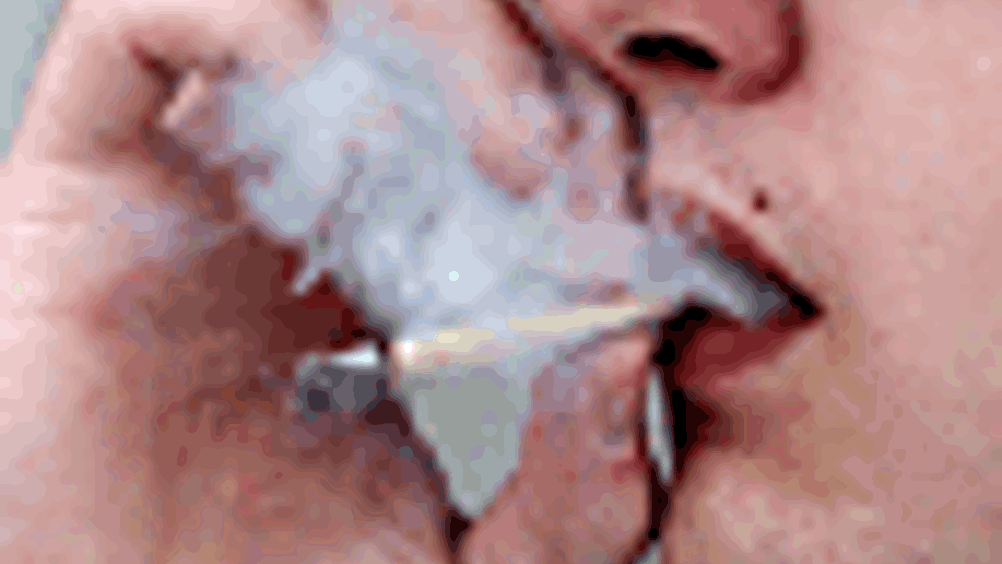Smoke signals
A smart new technique from Oxford University spin-out tests users' saliva to detect cannabis

The development of a quick and simple electrochemical test that can detect whether someone has been smoking cannabis has led to the spin-out of a dedicated drug-testing technology company from
.
OxTox has been set up to commercialise the technology that was developed by researchers in the university's chemistry department. According to Terry Pollard, the spin-out's project manager, the technology's unique method of detection will make it quicker and cheaper than any existing drug-testing technologies.
Pollard works for
, the university's technology transfer programme, which is helping OxTox move towards commercialisation of the system. 'Many existing devices work like pregnancy tests, with a solution that flows through a material and then you have to wait for it to change colour,' said Pollard. 'With this, because you are looking for a reaction just on the very surface of the electrode, all you need is some saliva and it will give you a result very quickly indeed.'
Register now to continue reading
Thanks for visiting The Engineer. You’ve now reached your monthly limit of news stories. Register for free to unlock unlimited access to all of our news coverage, as well as premium content including opinion, in-depth features and special reports.
Benefits of registering
-
In-depth insights and coverage of key emerging trends
-
Unrestricted access to special reports throughout the year
-
Daily technology news delivered straight to your inbox










Water Sector Talent Exodus Could Cripple The Sector
Well let´s do a little experiment. My last (10.4.25) half-yearly water/waste water bill from Severn Trent was £98.29. How much does not-for-profit Dŵr...